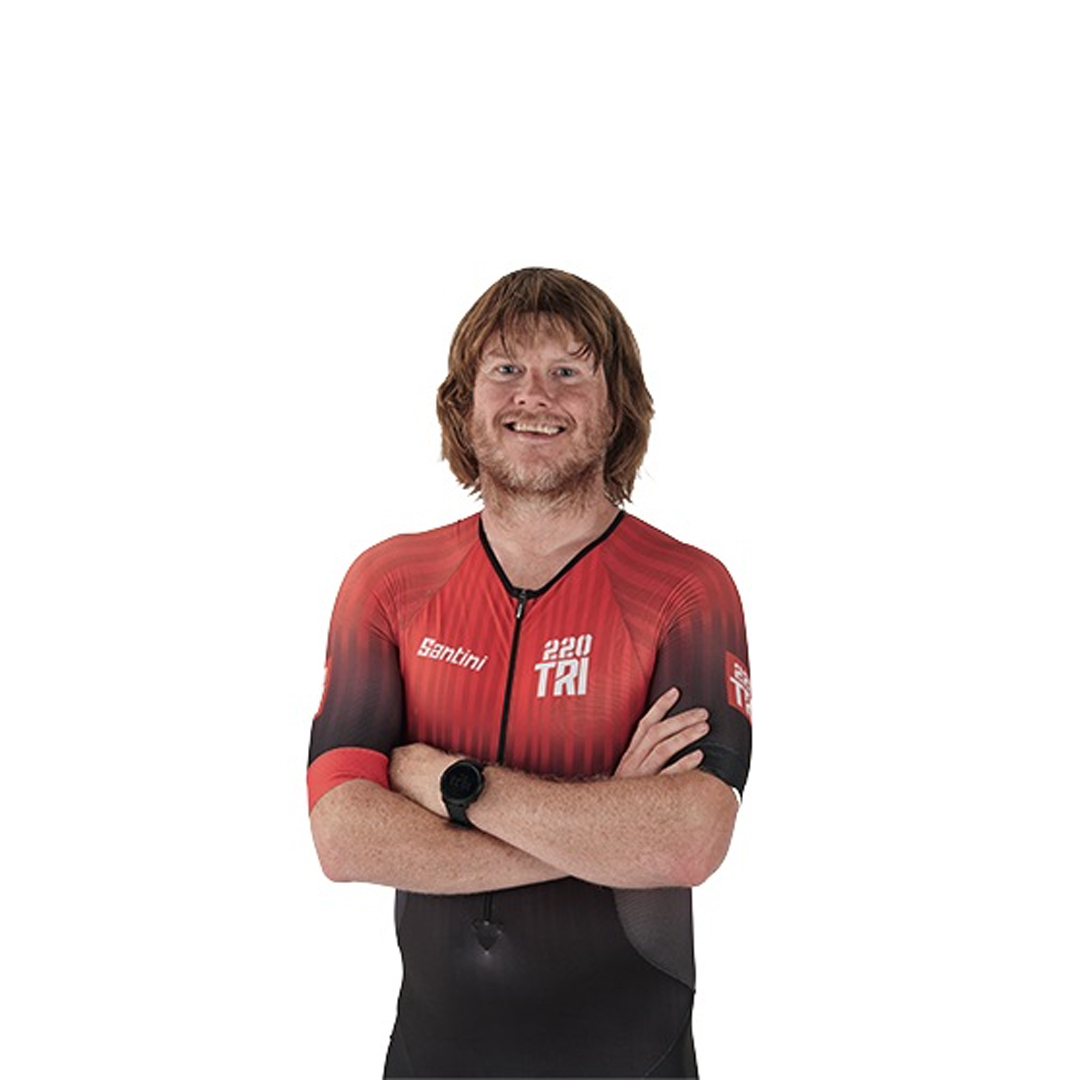Research shows that all of us have a peak time of the day to train. As does Professor David Bishop, senior sport scientist at Victoria University in Australia and an authority on the subject.
“There’s scientific evidence to support the idea of circadian rhythms and its impact on training,” says Bishop. “It’s because most of our bodily processes vary over an approximate 24-hour cycle, meaning we have a number of mental and physical peaks and troughs.”
- Why is sleep important for athletes?
- How does alcohol affect your sleep?
- 5 foods that... will help aid sleep
What is your circadian rhythm?
Your circadian rhythm is essentially your biological clock that runs over roughly 24hrs and influences how sleepy or alert you feel.
Circadian rhythms have been observed in animals, fungi and plants for years, and attracted the attention of the world back in 2017 when Americans Jeffrey Hall, Michael Rosbash and Michael Young won the Nobel Prize in Physiology and Medicine for their discovery of the molecular mechanisms that control circadian rhythms.
How does your circadian rhythm affect your training?
Seen through a triathlon lens, these mechanisms can influence the quality of your session, albeit specific parameters of performance
“Endurance performance, like triathlon, seems to be less affected by time of day than power,” says Bishop. “In our own studies, we’ve shown that maximal cycling sprint power is greater in the afternoon than in the morning.
"It’s the same with strength work in the gym. This coincides with hormonal changes that raise body temperature, which then increase factors such as how fast nerves conduct signals and pace of bloodflow.”
That’s not the end of it. And all because of chronotype. This is your sleep characteristic and is why some people feel more awake in the morning and some in the afternoon.
This is known as the ‘lark’ and ‘owl’ syndrome with reportedly 10% qualifying as morning people, 20% night owls and the rest in the large spectrum in-between.
This is important as one study showed evening types can see performance levels drop by as much as 26% when training in the morning compared to the evening.
It’s why some suggest morning larks peak around noon, in-betweeners around 4pm and night owls around 8pm.
You’ll know which you are, but you can quantify your self-assessment more accurately by undertaking an online Morningness-Eveningness questionnaire.
